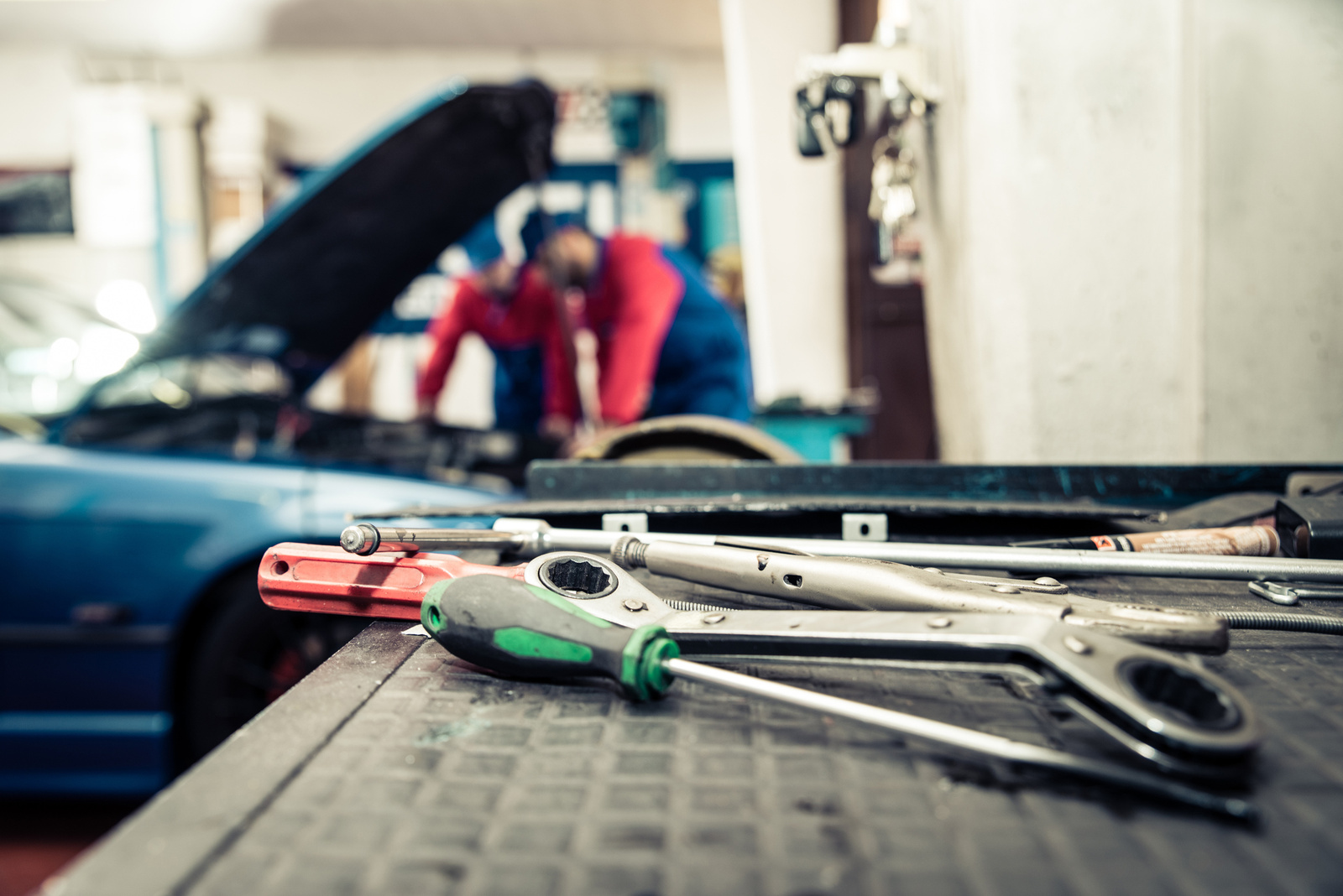Updated on: July 20, 2021
You don't have to go to a detailer to get your car clean, but there’s more to car washing than dish soap and a great playlist. In fact, dish soap isn’t recommended. A few simple techniques and tools can help you wash your car the right way without spots, scratches or fingerprints.
Gather the Correct Materials
Before you turn on the hose, you’re going to need some supplies. Start with two wash buckets: One for soapy water, and one for clean water that you’ll use to rinse your sponge. Use car wash soap and other cleaning products specifically made for washing cars. Dish soap is not a good choice to wash a car because it may contain chemicals capable of stripping the clear coat, the top coating of your car’s finish. You can also find specialized sponges and wash mitts—some made of microfiber and specifically for automotive use. And of course you’ll need a hose with a spray nozzle and a drying towel, squeegee or chamois.
Pick the Perfect Time and Place

You’ll want to perform your DIY car wash earlier or later in the day when temps are cooler. This will help prevent suds from drying before you’ve had time to completely rinse your vehicle. Additionally, instead of washing your car in the sun, choose a shady spot. Direct sunlight can cause soapy water to dry too quickly, resulting in spots that can be difficult to remove.
Work from the Top Down

As you wash your car, start with the roof and work your way down to the windshield, hood, trunk deck, fenders, wheel wells, and bumpers. Hose the entire car from top to bottom to remove loose dirt, and then apply your soapy sponge or mitt, one area at a time, working in long strokes as opposed to circles (which can scratch the paint surface).
Once you’ve soaped one area of your car, hose it off with fresh water. Rinse the sponge in the plain water bucket to remove dirt and soap, and then move to the next section.
Since the wheels tend to be the dirtiest part of a car, we suggest using a separate sponge or wheel brush on them. There are also specialized wheel cleaner products that can be used to remove tar, asphalt, brake dust, and other stubborn grime. Whitewalls on tires can be scrubbed clean with a brush and products specifically designed to clean tires. After the tires are properly cleaned, you can also apply a rubber conditioner to protect against cracks.
Don’t Let Your Car Air Dry

Letting water evaporate from your car’s surface will leave water spots. Dry your car as soon as possible after you rinse it for a streak-free finish. Use a clean, dry, towel, a microfiber cloth, squeegee or chamois.
Wax On

After your car is clean and dry, you may want to apply a coat of wax to deepen the finish and protect the car's paint. Choose a good quality carnauba-based car wax, make sure the car is out of the sunlight, and rub the wax on using the sponge applicator that comes with the wax. After the wax dries, rub it off with a clean micro fiber towel folded into quarters. When the towel starts to drag, switch sides.
Clean the Glass
Cleaning the front and rear windshield and mirrors should be done last, after the rest of the car is clean. Use an ammonia-free glass cleaner and clean, dry, towels to remove fingerprints, soap residue, and dirt from the glass surfaces. Once you’re finished with the outside, do the inside surfaces of all your windows as well, and remember to include the rear-view mirror.
Don't Forget the Interior
The interior is just as important when it comes to car detailing. You can use a shop vac or make a quick trip to a service station with a coin-operated vacuum is a great way to make quick work of cleaning your car’s carpet. Your dashboard, seats and instrument panel should also get a wipe down, and finally, if your seats are leather, apply a layer of automotive leather conditioner.
The Bottom Line
Washing your car regularly and correctly is an important part of car care. Your clean car won't go faster or perform better, but it will look better, smell better and—perhaps most importantly—be in better condition when you’re ready to sell it.


